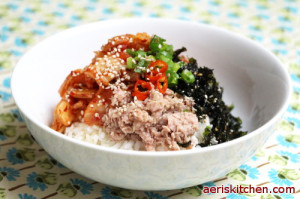Background: In May 2013, an outbreak of gastroenteritis occurred in a high school in Incheon, South Korea. We investigated the outbreak in order to identify the pathogen and mode of transmission.
 Materials and Methods: A case–control study was performed using standardized questionnaires with a case definition of illness with diarrhea. Stool samples, environmental samples, and samples from preserved food items were collected to test pathogens. Pulsed-field gel electrophoresis (PFGE) was performed on the outbreak-related Escherichia coli strains.
Materials and Methods: A case–control study was performed using standardized questionnaires with a case definition of illness with diarrhea. Stool samples, environmental samples, and samples from preserved food items were collected to test pathogens. Pulsed-field gel electrophoresis (PFGE) was performed on the outbreak-related Escherichia coli strains.
Results: Thirty-three people (attack rate: 2.5%) met the case definition, and the pattern of the epidemic curve suggested a point-source outbreak. The common symptoms of cases were diarrhea (100.0%), abdominal pain (75.8%), chills (45.5%), and nausea (39.4%). Cases were found to be 8.26 times more likely to have eaten spicy fish soup with cod (95% confidence interval: 1.05–65.01). Consumption of egg soup with spring onions or braised eggs with razor clam flesh was significantly associated with illness. Atypical enteropathogenic E. coli O157:H45 was isolated from samples of 9 cases (27.3%) and tuna bibimbap. PFGE patterns of all tested isolates of O157 serotype were indistinguishable.
Conclusions: This outbreak was caused by atypical enteropathogenic E. coli O157:H45 and the food vehicle was suspected to be tuna bibimbap. The statistical analysis was not in concordance with the microbiologic tests, probably owing to low pathogenicity of atypical enteropathogenic E. coli O157. This is the first report of an outbreak caused by atypical enteropathogenic E. coli O157.
Foodborne Pathogens and Disease
Ji-Hyuk Park, Sung-Suk Oh, Kyung-Hwan Oh, Jaeseung Shin, Eun Jung Jang, Byung-Yool Jun, Seung-Ki Youn, and Seung-Hak Cho
